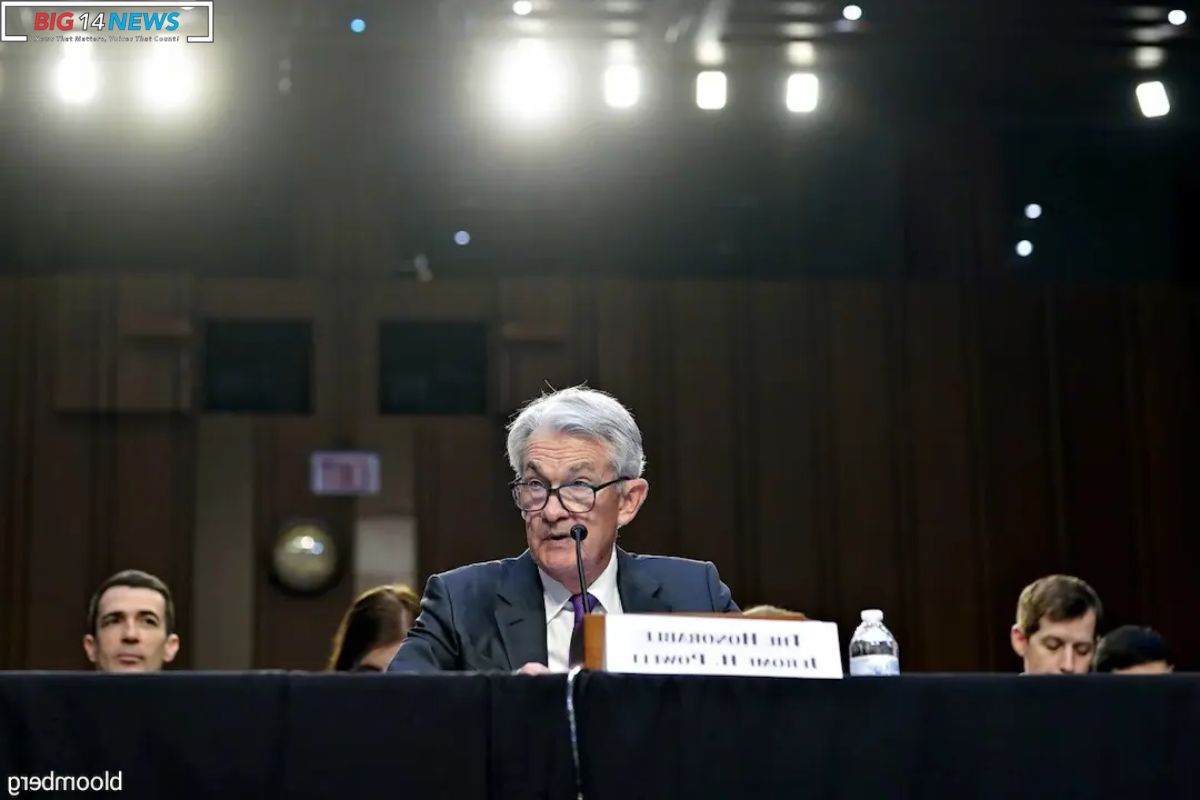Federal Reserve Barkin Gathers Insights : Federal Reserve Bank of Richmond President Thomas Barkin recently engaged with business people in Westminster, South Carolina, seeking insights on inflation. Approximately two-thirds of the group indicated they expected higher price increases in the coming year compared to pre-pandemic levels.
This interactive approach reflects the Fed’s shift toward real-time, on-the-ground information from business managers and consumers, supplementing traditional hard data.
Anecdotes collected by Fed researchers and officials, including field visits, provided a nuanced perspective on the economy. Despite official data suggesting strong third-quarter growth, anecdotal evidence indicated a potential slowdown.
The Fed’s patience in raising rates reflects the uncertainties and conflicting stories emerging from both anecdotes and official data.
Fed officials highlight the value of anecdotes, emphasizing their effectiveness in assessing economic and inflation trends, especially during turning points. The dynamic nature of financial conditions makes hard data appear outdated, reinforcing the importance of real-time insights. While the Fed continually adjusts growth forecasts, district visits present a mixed economic picture.
The anecdotes from various regional presidents paint a diverse picture. Some areas face challenges accessing capital, while others experience workforce shortages. The mixed feedback aligns with the complexity of the economic landscape. Fed officials emphasize the need for patience, considering increased uncertainties and the evolving economic narrative.


ALSO READ: Alabama Business Leaders Express Concerns: Over Future Economic Outlook, Latest ABCI Reveals
By incorporating on-the-ground feedback, the Fed aims to complement traditional economic indicators, recognizing the limitations of backward-looking data.
While markets anticipate rate cuts, the anecdotes suggest a more cautious and patient approach. Fed officials continue to prioritize real-time information to navigate the intricate economic environment. The upcoming policy meeting in December will provide further insights into the Fed’s stance.
Our Reader’s Queries
What are the three goals that the Federal Reserve Fed tries to meet?
The Federal Reserve, as the central bank, works to accomplish three goals set by Congress: to ensure people have jobs, control prices, and keep long-term interest rates at a reasonable level in the United States (see figure 3.1).
How does the Federal Reserve gather information?
The Federal Reserve Banks collect information on the current economic conditions in their Districts through reports from Bank and Branch directors, as well as interviews and online questionnaires completed by businesses, community organizations, economists, market experts, and other sources.
What is the 4 goals of the Federal Reserve?
Congress clearly outlined the Federal Reserve’s objectives as “maximum employment, stable prices, and moderate long-term interest rates.” These objectives, still in place today, are referred to as the Fed’s “dual mandate.” This article delves into all three aspects of the central bank’s mandate, starting with maximum employment.
What is the Beige Book and what does it tell the public?
Published eight times annually, the Beige Book provides anecdotal information on current economic conditions in each District. This is gathered through reports from Bank and Branch directors, as well as interviews with key business contacts, economists, market experts, and other sources.

